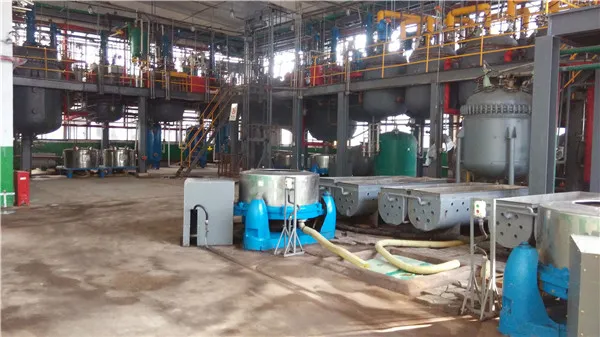Physical Treatment of Wastewater An Overview
Wastewater treatment is a critical component of environmental sustainability, public health, and resource management. Among the various methods adopted for treating wastewater, physical treatment plays a vital role. This method primarily involves the removal of solids and debris from wastewater through physical processes, without altering the chemical composition of the contaminants, unlike biochemical and chemical treatment methods.
Physical treatment includes several techniques—screening, sedimentation, and filtration—employing gravity and mechanical forces to separate solids from liquids. Each technique targets different types of contaminants and can be utilized in various stages of the wastewater treatment process.
1. Screening
Screening is often the first step in treating wastewater. It involves using screens or grates to remove large debris such as sticks, plastics, and other solids that could damage equipment or impede subsequent treatment processes. Screens can be classified as coarse or fine, depending on the size of particles they are designed to capture. The removal of large solids not only protects downstream equipment but also enhances the efficiency of subsequent treatment stages.
Following screening, sedimentation is commonly employed to further reduce the suspended solids in the wastewater. This process relies on gravity to allow heavier particles to settle at the bottom of a sedimentation tank. The settled solids form a sludge layer, which can be subsequently treated or disposed of. Sedimentation is particularly effective for removing sand, silt, and other dense materials, leading to a clearer effluent that can proceed to further treatment steps.
Different types of sedimentation tanks can be used, including rectangular and circular designs, each with its own advantages. For instance, circular tanks often utilize a central hopper for optimal sludge collection, while rectangular tanks may offer a simpler design for smaller treatment plants.
physical treatment of waste water

3. Filtration
Filtration is another physical treatment method that targets smaller particles that may have eluded the previous processes. It employs various types of filters, such as sand filters, cartridge filters, or membrane filters, to separate fine solids from the liquid. Sand filters, commonly found in both small-scale and large-scale facilities, use layers of sand to trap particles as water flows through. Membrane filtration, including microfiltration and ultrafiltration, offers even finer separations and has gained popularity in advanced wastewater treatment applications due to its effectiveness in removing pathogens and colloidal particles.
Benefits of Physical Treatment
The primary advantage of physical treatment is its straightforwardness and efficiency in the preliminary stages of wastewater processing. By removing larger particles and substantial debris, physical treatment prevents clogs and damage to mechanical equipment in later stages. Moreover, it requires less energy compared to some chemical processes.
Additionally, physical treatment methods can be used in combination with biological and chemical processes, forming a comprehensive wastewater treatment system. For example, effective physical treatment can enhance the performance of biological treatment processes by ensuring that microorganisms have optimal conditions to break down organic matter.
Conclusion
In conclusion, physical treatment of wastewater is an essential aspect of the wastewater management process. By employing techniques such as screening, sedimentation, and filtration, it effectively reduces suspended solids and prepares wastewater for further treatment. As we strive for cleaner water bodies and a sustainable environment, understanding and implementing effective physical treatment methods will be crucial in managing the growing challenges of wastewater disposal and resource recovery.

